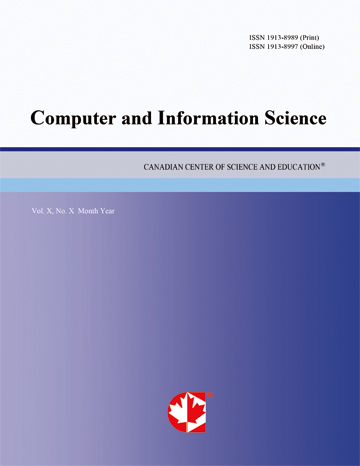Analysis of Intensity Modulation and Switched Fault Techniques for Different Optical Fiber Cables
- Rahul Malhotra
- Subhash Singh
- Harkirtan Singh
- Parminder Kumar Luthra
Abstract
Fiber optics is the fastest and reliable means of transferring large amounts of data Optical fiber links are used for local area networks to world wide data communication. Fiber-optic communication is a method of transmitting information from one place to another by sending pulses of light through an optical fiber. Digital optical communications explores the practical applications of this union and applies digital modulation techniques to optical communications systems. Intensity modulation is a modulation technique in which the optical output power of a source is varied in accordance with some characteristic of the modulating signal. Fiber optics trainer ST 2502, which is a single board fiber optic transmitter receiver module providing two independent fiber optic communication links, is used in the present work. It is used to study and analyze the analog & digital signals modulation in relation to the losses in optical fiber. This work intends to obtain an intensity modulation of a digital signal transmitted over fiber optic cable and demodulate the same at receiver end to get the original signal. Different fiber optic cables namely SIPMMA fiber, thermocouple type K with glass fiber/stainless cables, OFNR cable is used to obtain intensity modulation using digital input signal. It has been investigated that the output of detector is affected with the change in cable and the size of cables also plays an important role in data transmission. The study of switched faults in intensity modulation is also taken up in the study.- Full Text:
 PDF
PDF
- DOI:10.5539/cis.v4n5p36
Journal Metrics
WJCI (2022): 0.636
Impact Factor 2022 (by WJCI): 0.419
h-index (January 2024): 43
i10-index (January 2024): 193
h5-index (January 2024): N/A
h5-median(January 2024): N/A
( The data was calculated based on Google Scholar Citations. Click Here to Learn More. )
Index
- Academic Journals Database
- BASE (Bielefeld Academic Search Engine)
- CiteFactor
- CNKI Scholar
- COPAC
- CrossRef
- DBLP (2008-2019)
- EBSCOhost
- EuroPub Database
- Excellence in Research for Australia (ERA)
- Genamics JournalSeek
- Google Scholar
- Harvard Library
- Infotrieve
- LOCKSS
- Mendeley
- PKP Open Archives Harvester
- Publons
- ResearchGate
- Scilit
- SHERPA/RoMEO
- Standard Periodical Directory
- The Index of Information Systems Journals
- The Keepers Registry
- UCR Library
- Universe Digital Library
- WJCI Report
- WorldCat
Contact
- Chris LeeEditorial Assistant
- cis@ccsenet.org
